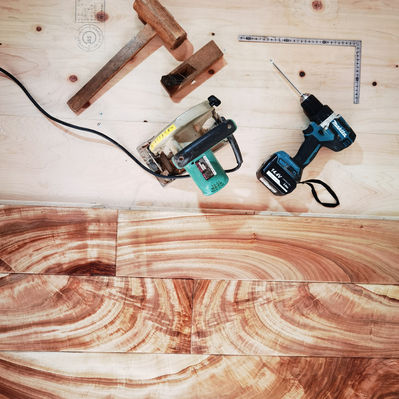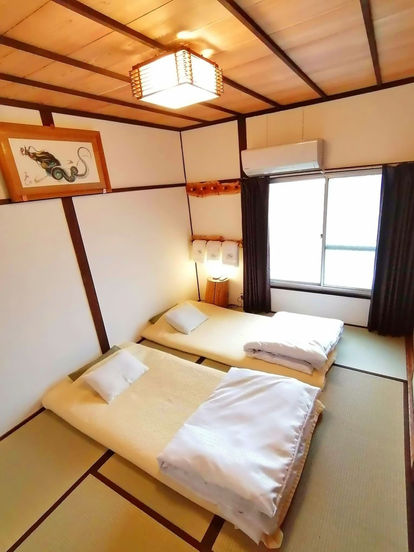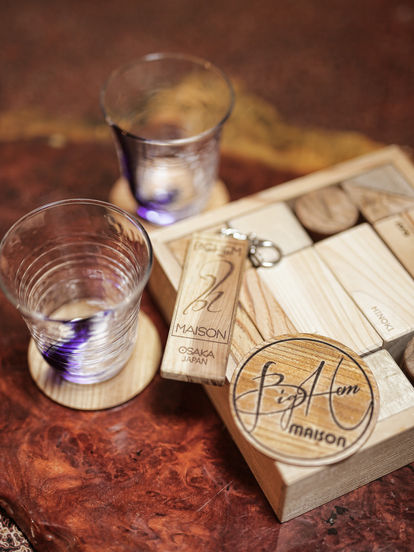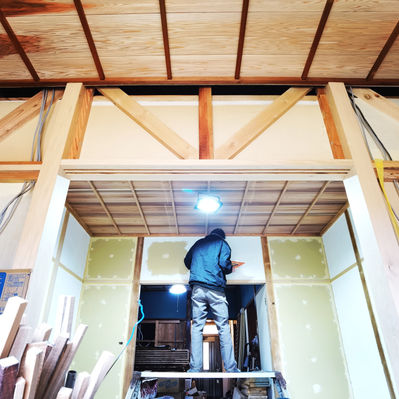Craft is part of creative process
and passionately creating something with your hands.
Today, artists on woods continue to use the medium in a variety of styles and techniques.
We often use wood in its organic form or as smooth boards and planks by simply using production of chainsaw
in which there's an imaginary into a single "wood trunk" where you can use different kinds of machines for shaping.
I've been studying this natural medium for many years and I have a lifelong interest in every piece of a wood
(whether it's newly cut or a scrap).

Exploring the method of Japanese Architecture,...
Wood is natural, warm and a beautiful material.
Inspiring all your senses with the magnificent smell where "Grain" is a lesson of its history, Observing the wood ring is behind it's past where you could easily identify its past as a tree.
The fragrance of a wood has its difference.
Each specie can be distinguished with their specific wood smell.
For me, it's been a pleasure to work, feel and smell the "natural perfume" of every single tree. A one of a kind.
Touching is where you feel the wood.
One of the most important step before you assess the level and outcome of woodworking is by feeling.
Being in contact for many years with the material before bringing it into a masterpiece is one of the many aspect and nowadays an important concept in ecology.
There are three main core values to define a wood...
-Traceability
-Durability
-Sustainability
Consider these points when using wood for a project because the resource is scarce and many has been over exploited by mankind for centuries.
-Traceability
is where your wood is coming from?
there is many countries were wood is illegally logged and were forestry leads to deforestation. Luckily we are in Japan, a country blessed by its forest exploited and maintain for centuries of history, even nowadays 70 percent of Japanese territory is still covered by forest.
-Durability
Is the wood project made to last ?
The wood specie used for a specific project must be carefully considered, some wood are inappropriate to be use on outdoor project because sensitive to root. Each characteristic must be carefully choose for a creation to last as long as possible. As a general rule for a wood project to be an active carbon sink the project must last at least as long as the years that was required to grow the wood its made of.
- Sustainability
This concept is tightly bond to traceability its not possible to know if your resource is sustainable if you do not know the policy of the country your wood is coming from. Here in japan there is a solid governmental control over the country forest and each surface of forest fall for logging purpose is reforested.
That is why we choose to work with almost 100 percent of Japanese origins wood.
And we do not only use forest exploited trees we also try to work in some case using the Reuse and Recycle concept.
Using trees that have been fallen for road construction or residential development project, using leftovers of upscale woodworks projects to craft small objects, Trees from garden cuts or fall down by Typhoons are also par of the materials we use.
And finally re-use some piece of wood sometimes more than a century old that were cautiously removed or disassemble from old Japanese house to be destroyed.
This is how its possible to offer a second life to some very good piece that could not be even find nowadays.
The Woodwork Philosophy

Japanese Wood Ceiling
Setting our design for the desired Traditional Japanese ceiling is a bit time consuming.
In renovating our rooms, we used thin solid boards made of SUGI.
Considering the most formal ceiling design that we create, this narrow wooden beams was formed in lengthwise pattern emphasizing the natural wood grain.
Boards were cut along Izumisano, a local sawmill owned by Mr. Matsubara. Originally from a logging source nearby Forestry of Nara Prefecture.
We make sure about the quality, durability, and sustainability of the raw material before using.
We created a video content emphasizing the highlights how Traditional Japanese Ceiling made of SUGI WOOD was produced.
Shoji
しょうじ
A traditional Japanese sliding door with paper screen serving as a wall. -Helps reduce humidity and do allow air to diffuse through.
1. Act as a screen translucent paper coverings.
2. Endured as an important fixture of a traditional Japanese Home.
Our Traditional Japanese Sliding Door needs paper replacement.
Come join us in changing the old paper of SHOJI to a new one. Step by Step process as indicated based on our own knowledge with the presence of our tools.
Shoji
しょうじ
A traditional Japanese sliding door with paper screen serving as a wall. -Helps reduce humidity and do allow air to diffuse through.
1. Act as a screen translucent paper coverings.
2. Endured as an important fixture of a traditional Japanese Home.
Our Traditional Japanese Sliding Door needs paper replacement.
Come join us in changing the old paper of SHOJI to a new one. Step by Step process as indicated based on our own knowledge with the presence of our tools.
































